People
Lars is a primary advisor for 5 Graduate students and he currently works with 10 Postdoctoral Fellows.
You can find the list of the group's alumni here .
Lars is a primary advisor for 5 Graduate students and he currently works with 10 Postdoctoral Fellows.
You can find the list of the group's alumni here .
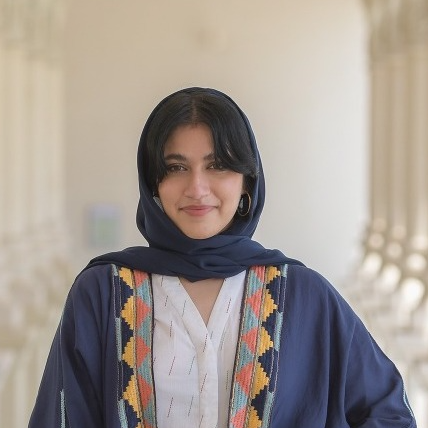
Mouza (G-4) works on using the THESAN simulations to provide predictions for future Line Intensity Mapping surveys; these surveys aim to measure the integrated emission from a specific molecular or atomic line over a range of redshifts, allowing us to probe much larger volumes of the observable Universe than previously possible.

Olga (G-4) is interested in galaxy evolution; she models AGN jets in the galactic center that propagate through theinterstellar medium and cause galaxy quenching.
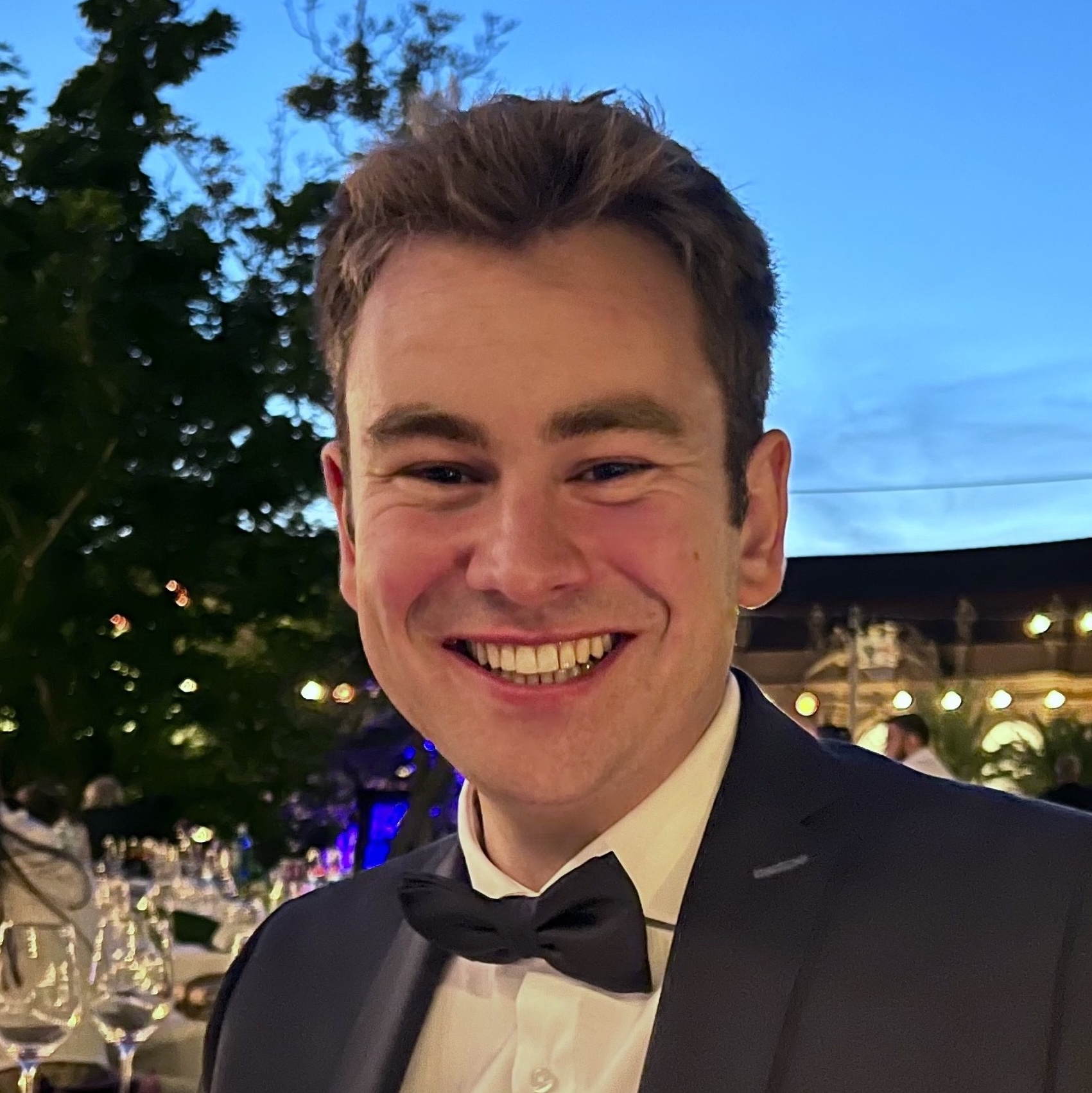
Ralf (G-3) works on Fast Radio Bursts as cosmological probes to study the evolution of our Universe.
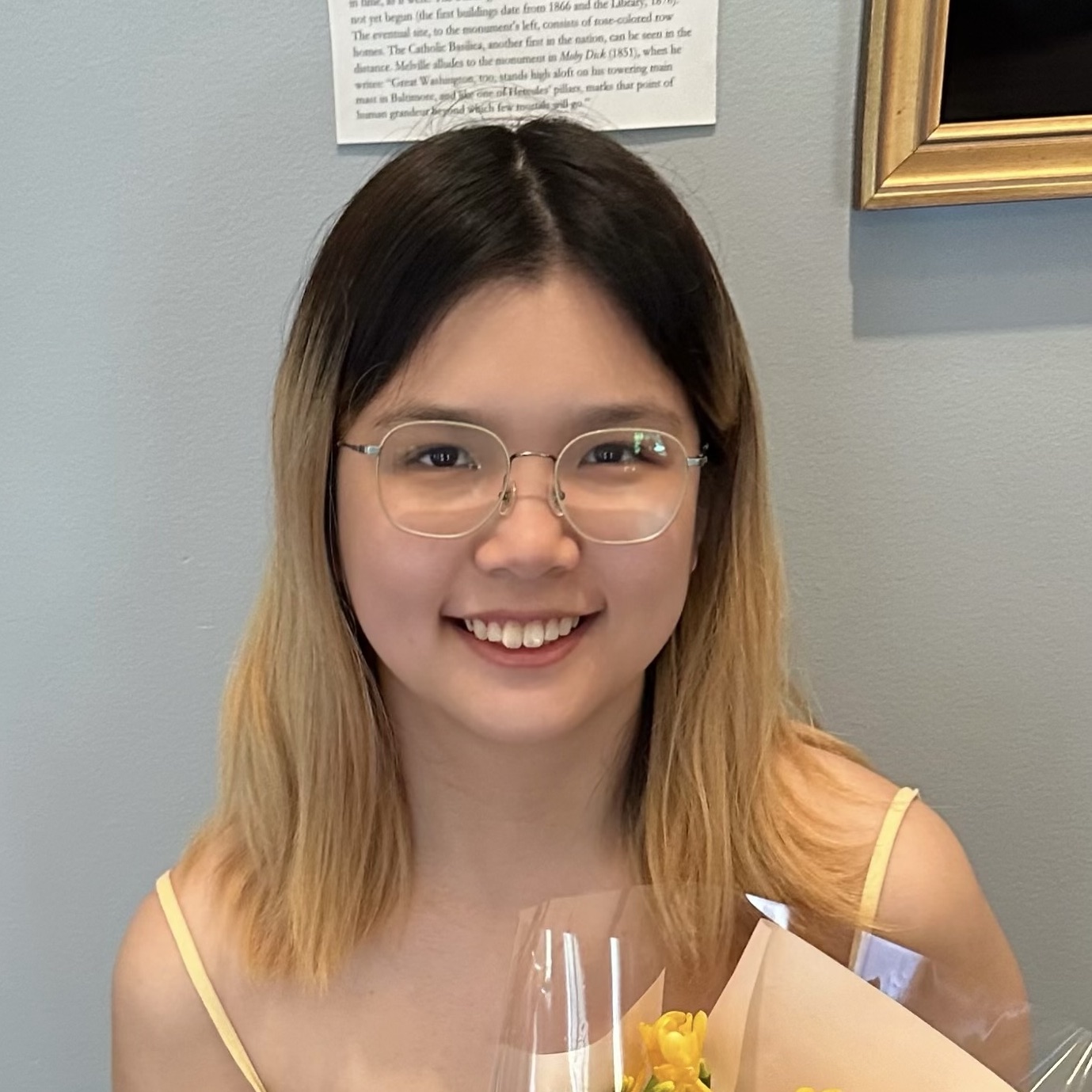
Rongrong (G-2) uses simulations to study galaxies and black holes.
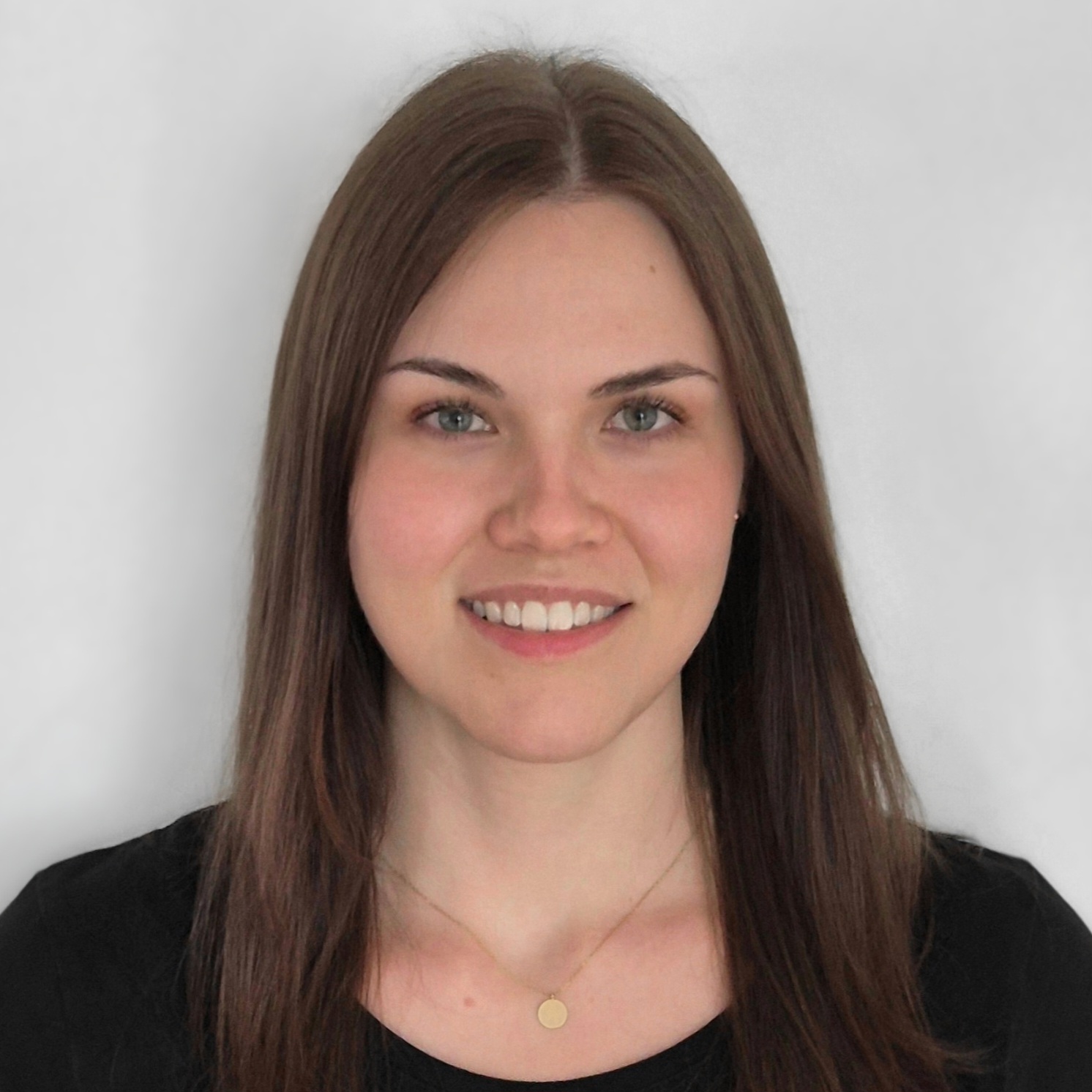
Sonja (G-1) is working on cosmological simulations of galaxy formation and evolution, as well as large-volume radiation-hydrodynamic simulations of the Epoch of Reionization
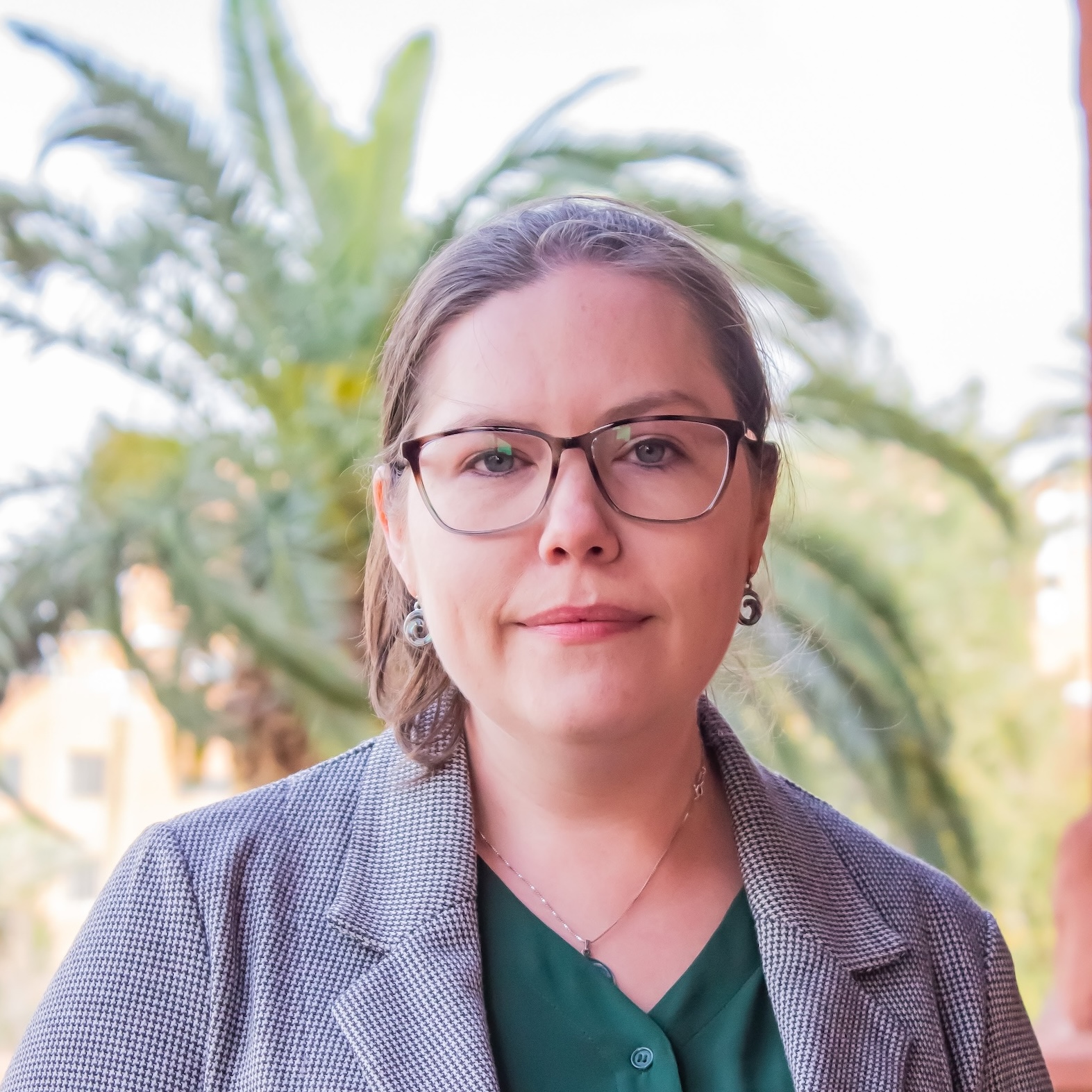
Cassi uses high-resolution cosmological simulations to understand how the properties and kinematics of gas in the circumgalactic medium impacts galaxy evolution.
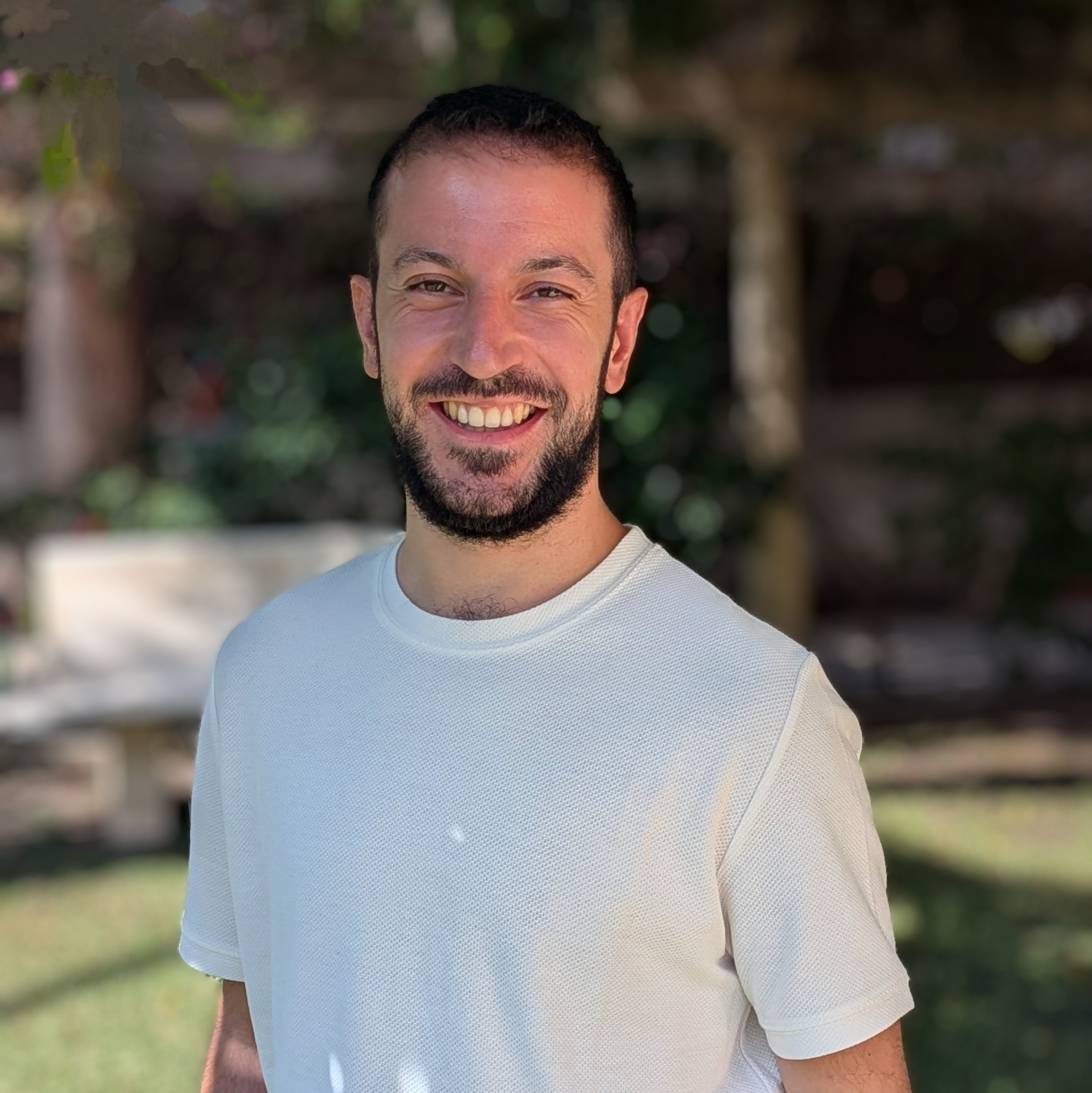
Tirso focuses on running MHD simulations to study the gas dynamics and turbulence in the intracluster medium, with particular interest in transport processes.
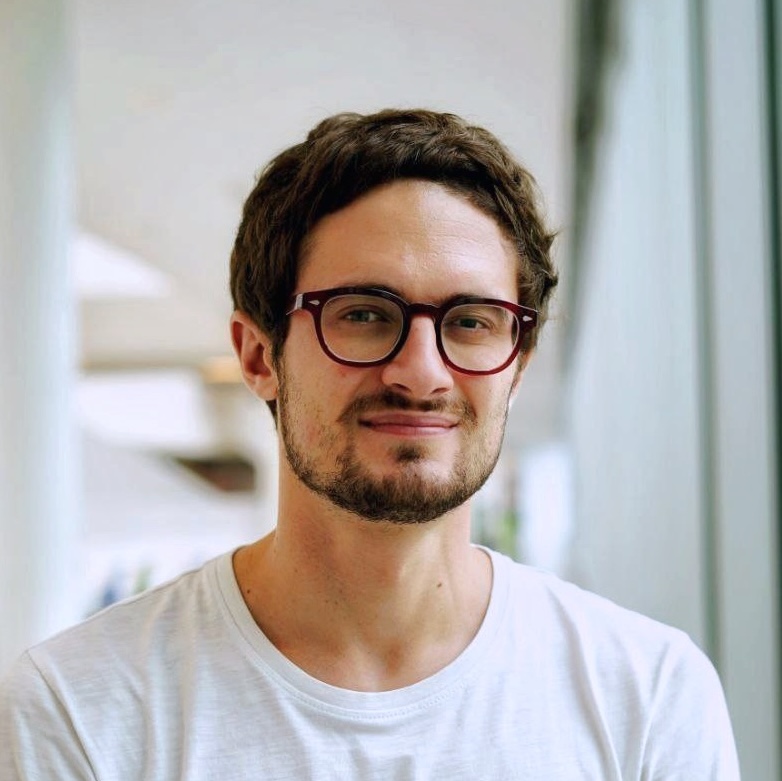
Elia studies how supermassive black holes grew and evolved by interpreting observations of quasars across cosmic history.
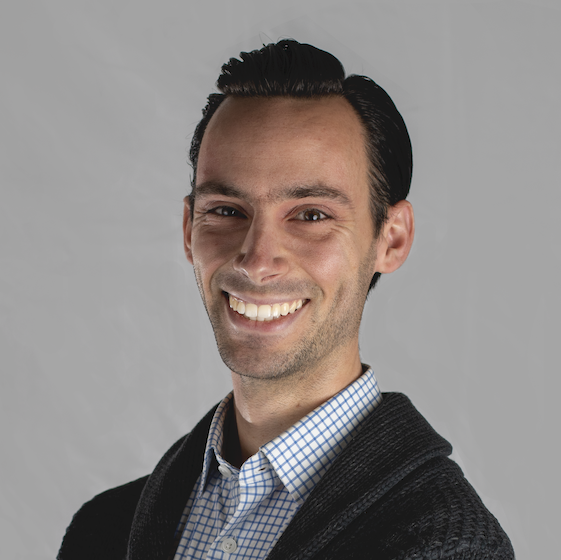
Scott runs and analyzes high-resolution hydrodynamical simulations of galaxies to understand gas dynamics and galaxy evolution specifically focusing on the formation and fate of cold gas around galaxies.
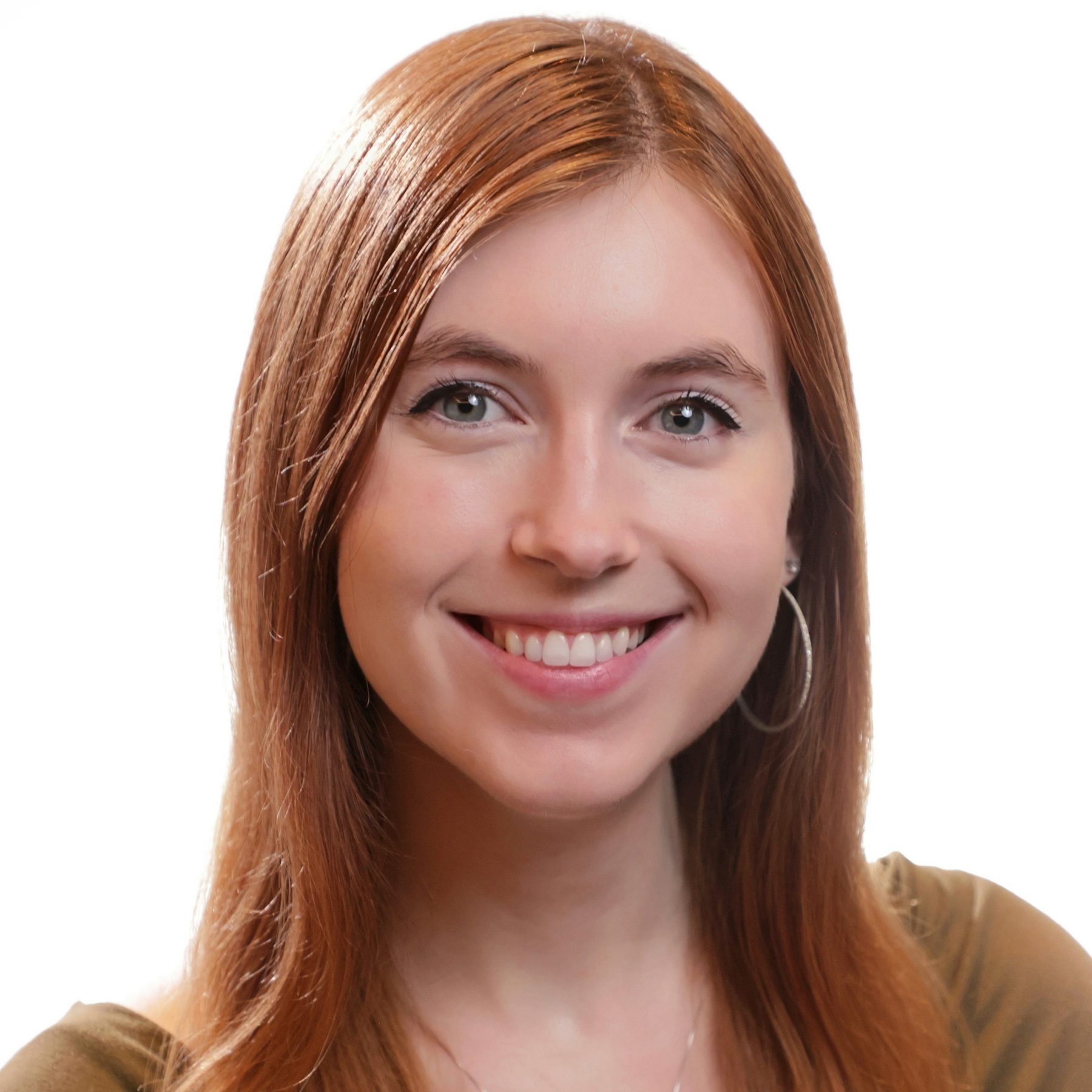
Kaley develops and analyzes dwarf galaxy simulations in the early Universe to understand the first stars & galaxies and how they contributed to the Milky Way.
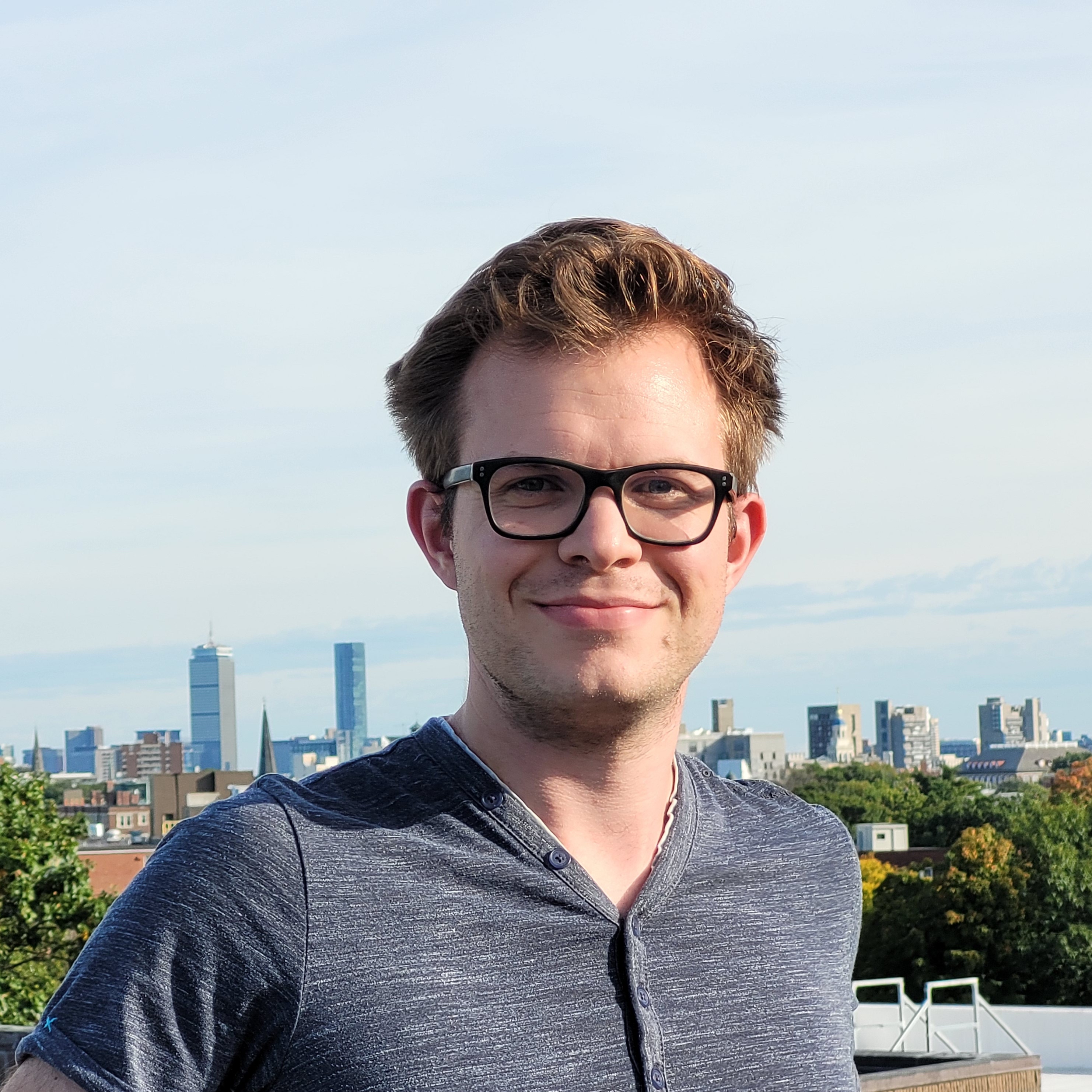
Oliver is working on simulations of the early Universe using Arepo-RT and the Thesan model.
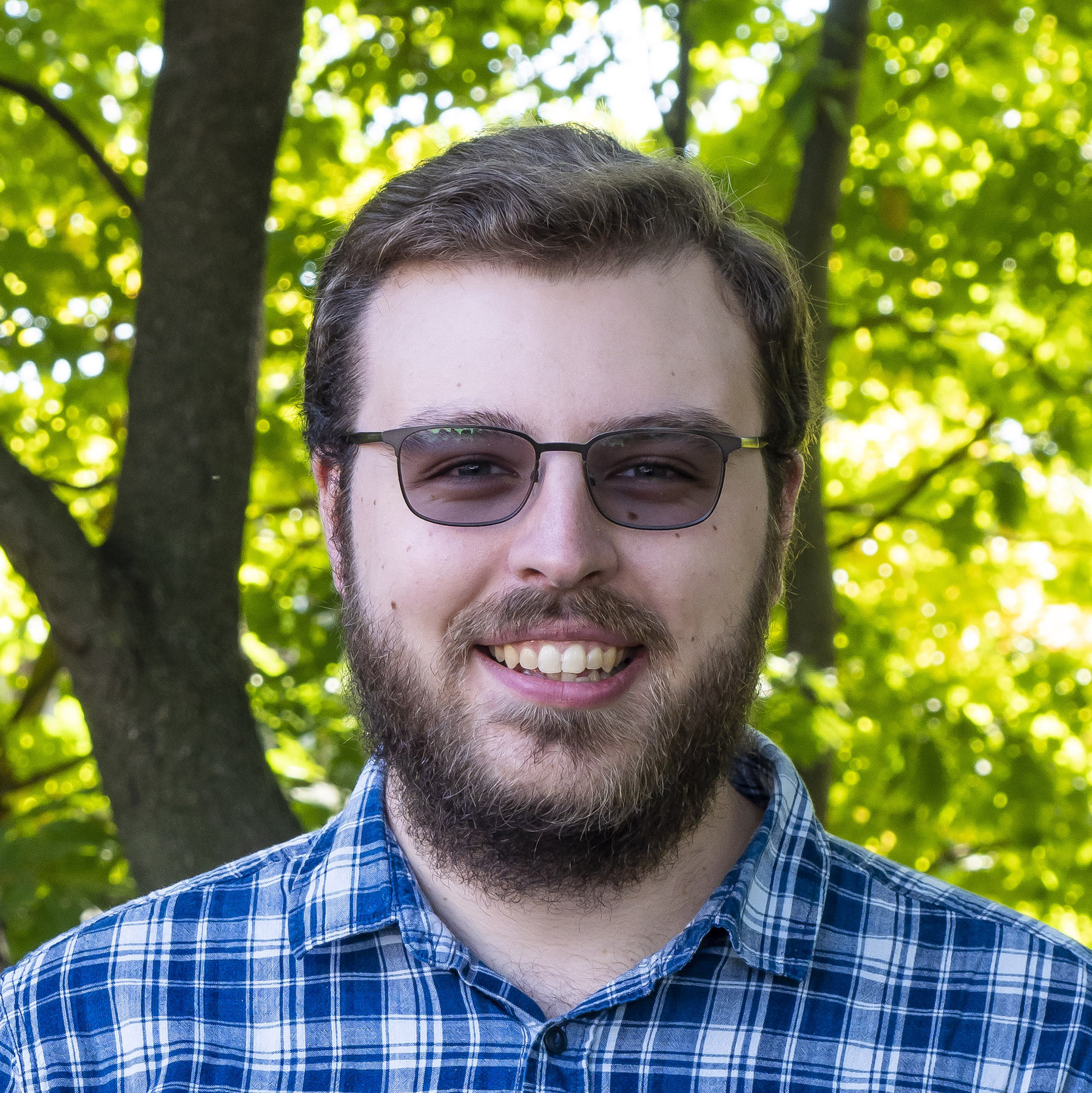
Jake works on galaxy formation simulations, particularly focussing on the gaseous haloes around galaxies and the growth of early galaxies (and their black holes) in the Universe.
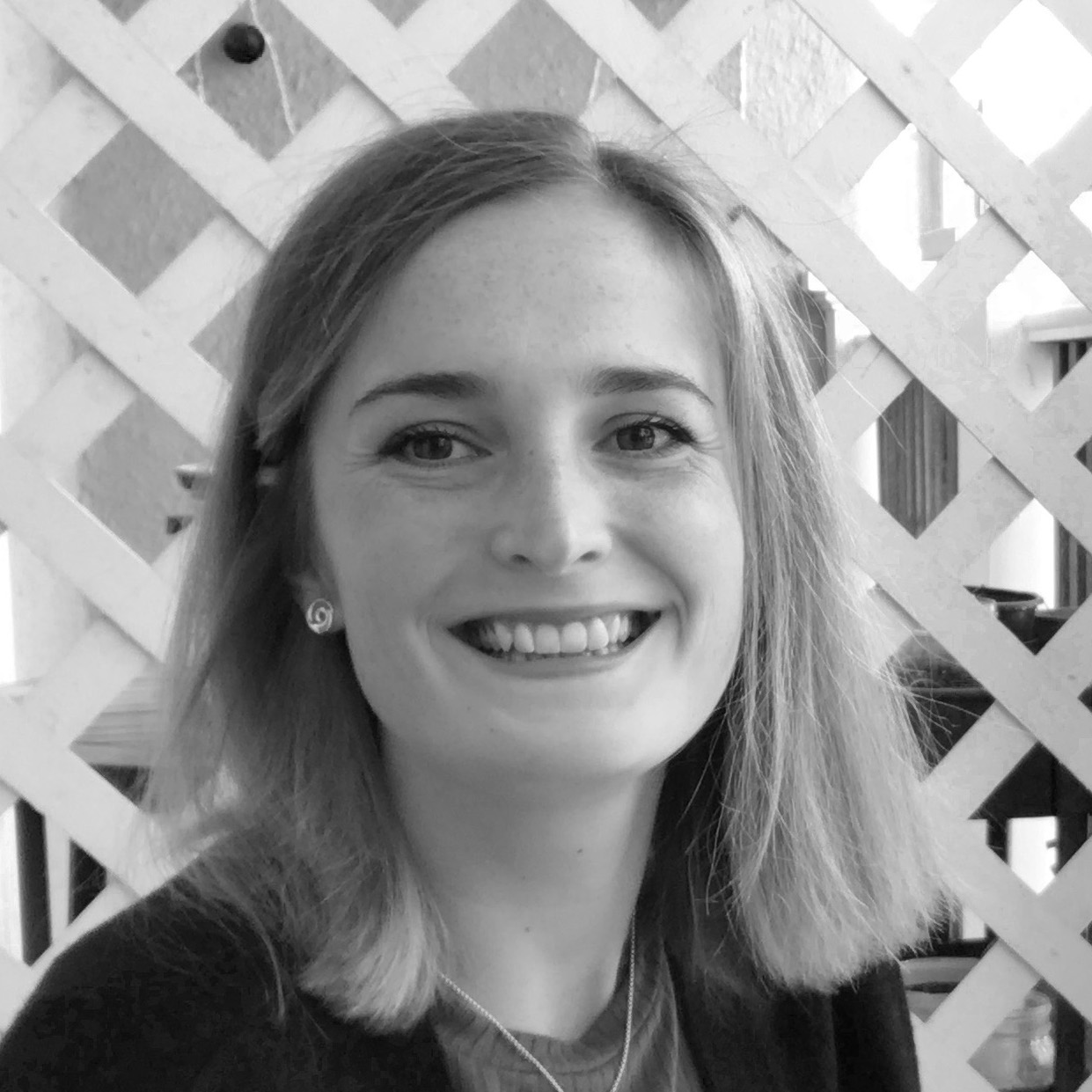
The over-arching goal of Sarah's research is to understand the cycle of star formation across the wide variety of galactic environments in our Universe. To this end, Sarah uses a combination of analytic theory and numerical simulations to study the connection between the large-scale properties of galaxies and the evolution of the molecular gas reservoirs in which stars form.
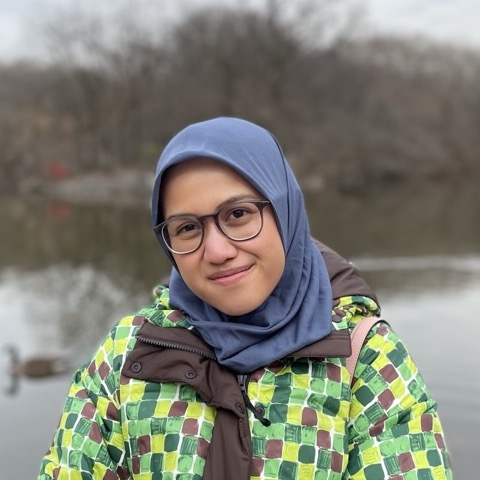
Pipit's research focuses on the theoretical simulation of galaxy formation, spectral energy distribution (SED) and emission line modelling.
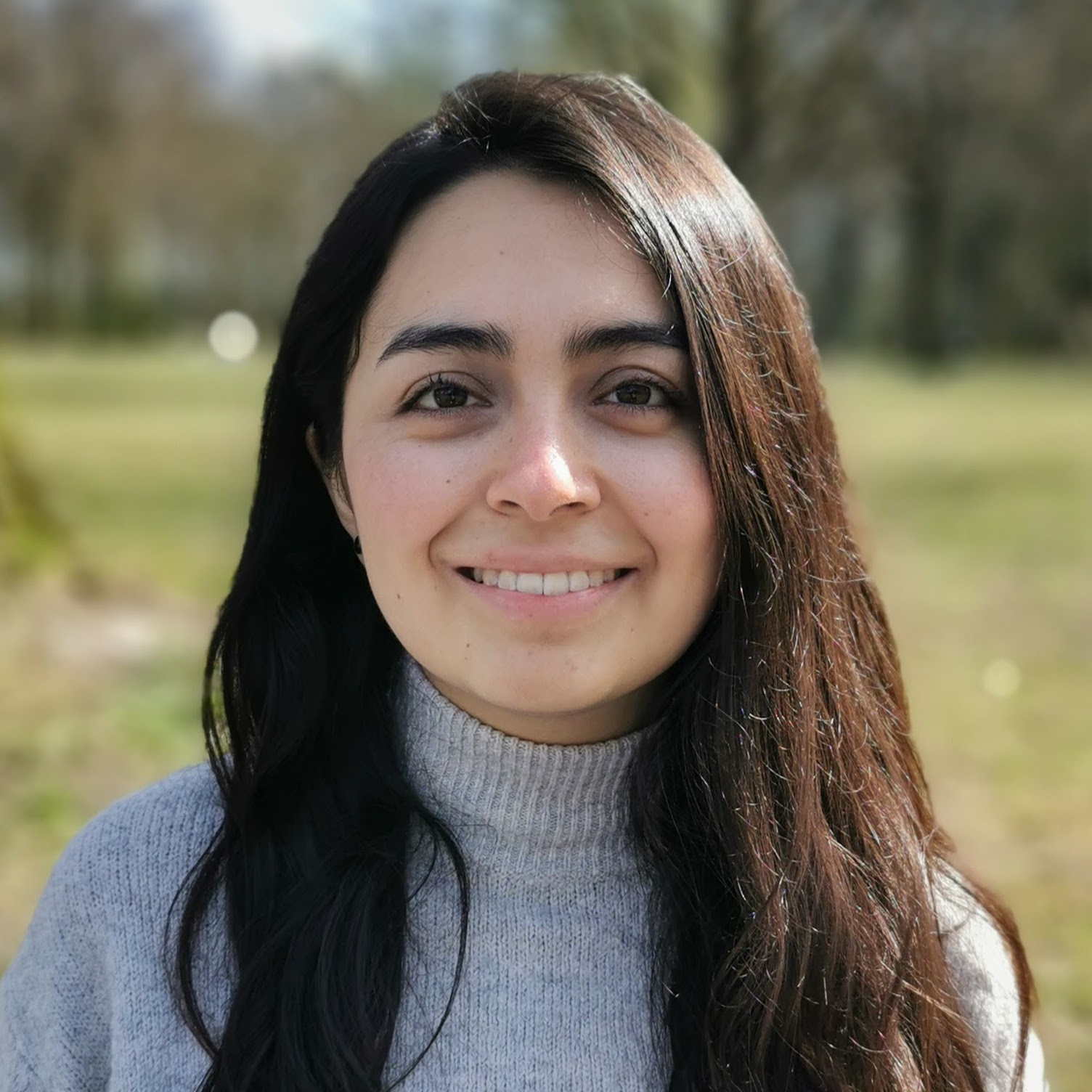
Paola's lines of research are cosmic magnetism (origin and evolution of magnetic fields in the Universe) and non-thermal phenomenae in galaxy clusters (particle acceleration mechanisms and magnetic field amplification in the intracluster medium).
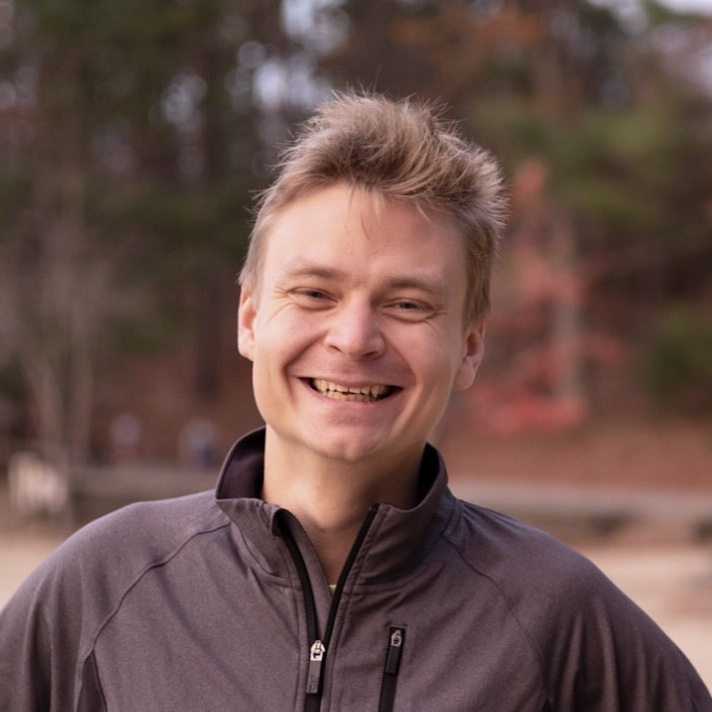
Vadim designs and analyzes supercomputer simulations of galaxies to gain insights into how galaxies form and evolve; in particular, how galactic disks form, why star formation is inefficient, as well as a variety of other topics in computational galaxy formation.
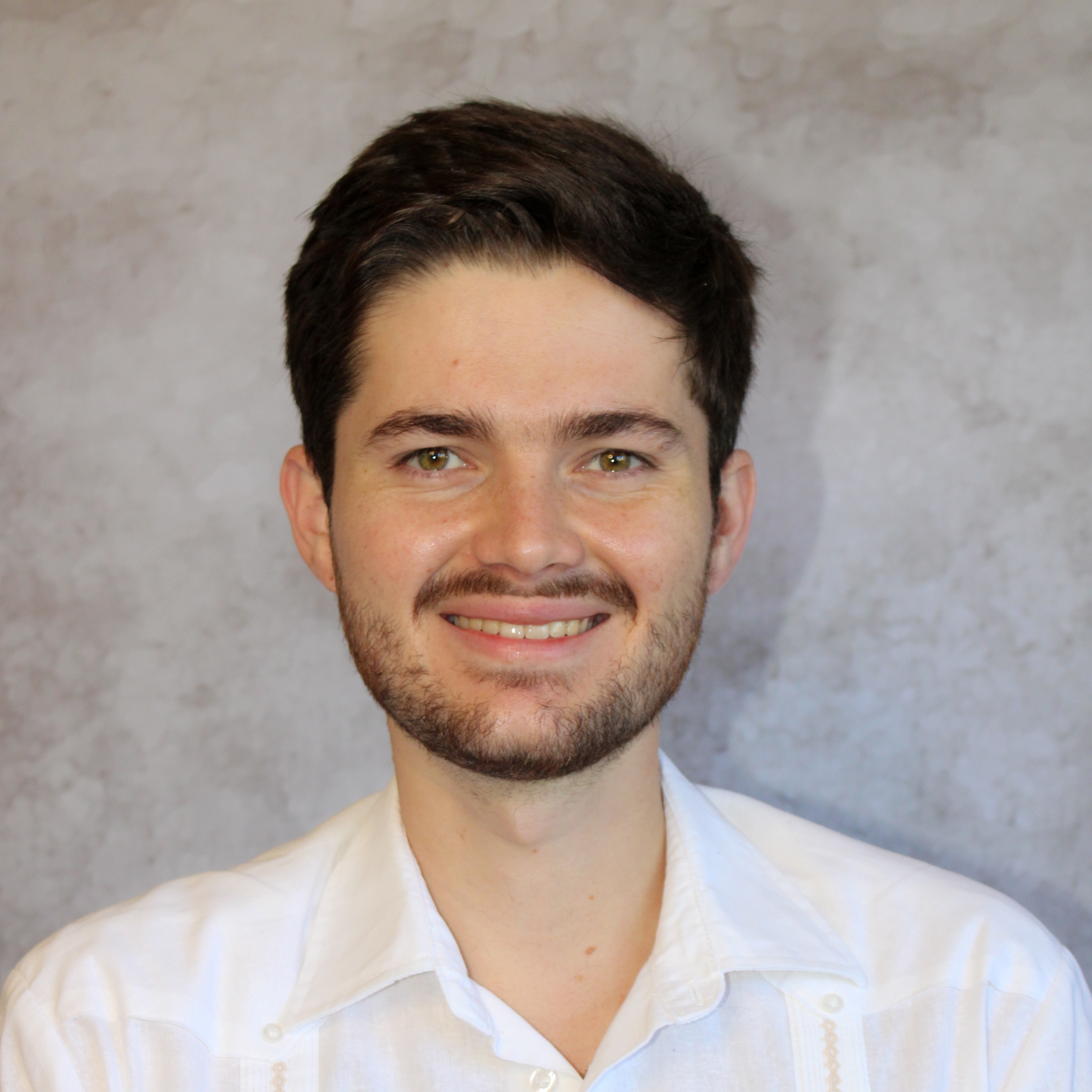
Rodrigo uses observations of quasars to study the growth of supermassive black holes and their dark matter environments.
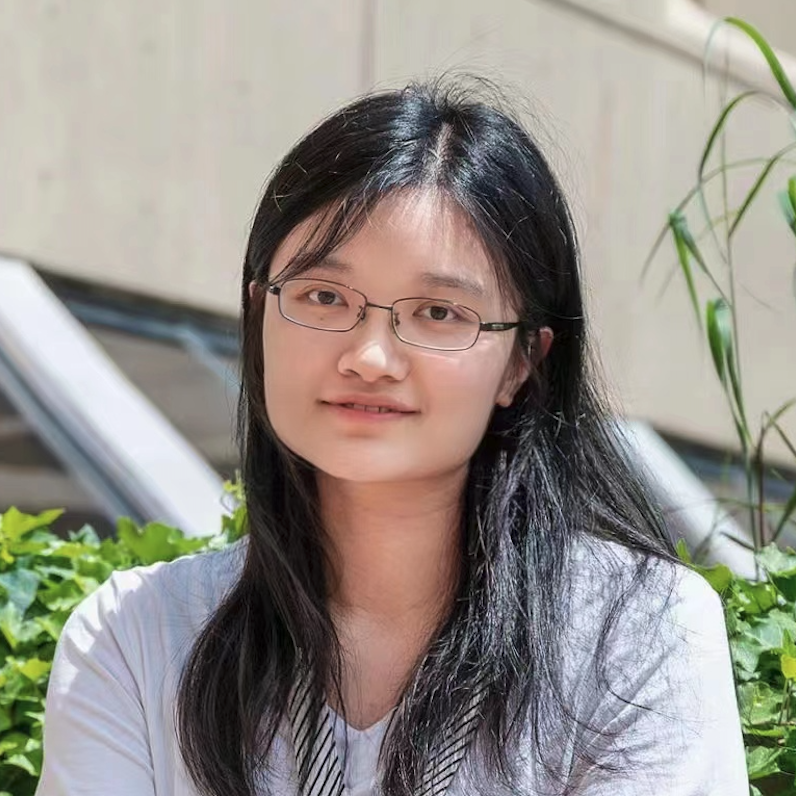
Yueying mainly works on cosmological simulations of galaxy formation, studying the growth, feedback and coalescence of massive black holes.
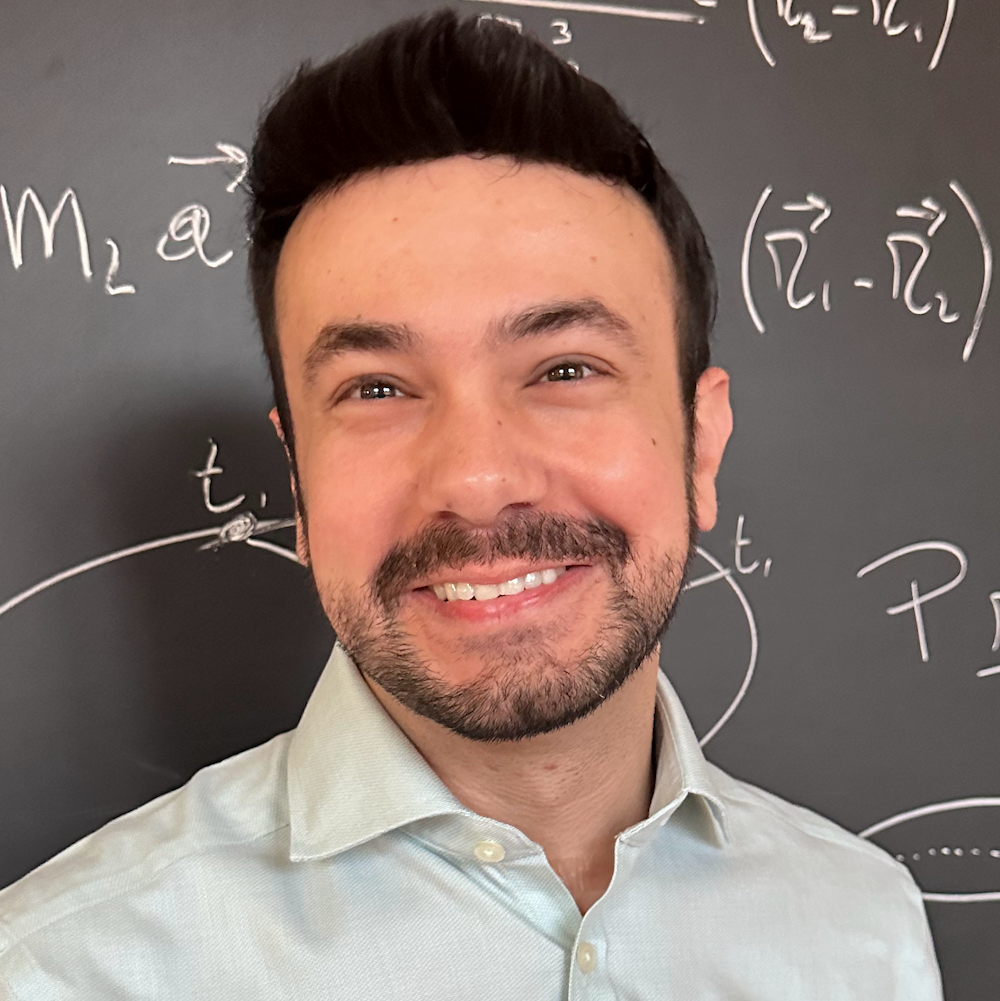
Fabio's research focuses on the theoretical and observational aspects of "all things black holes": from local ones to the farthest ever discovered, from the small to the supermassive ones.
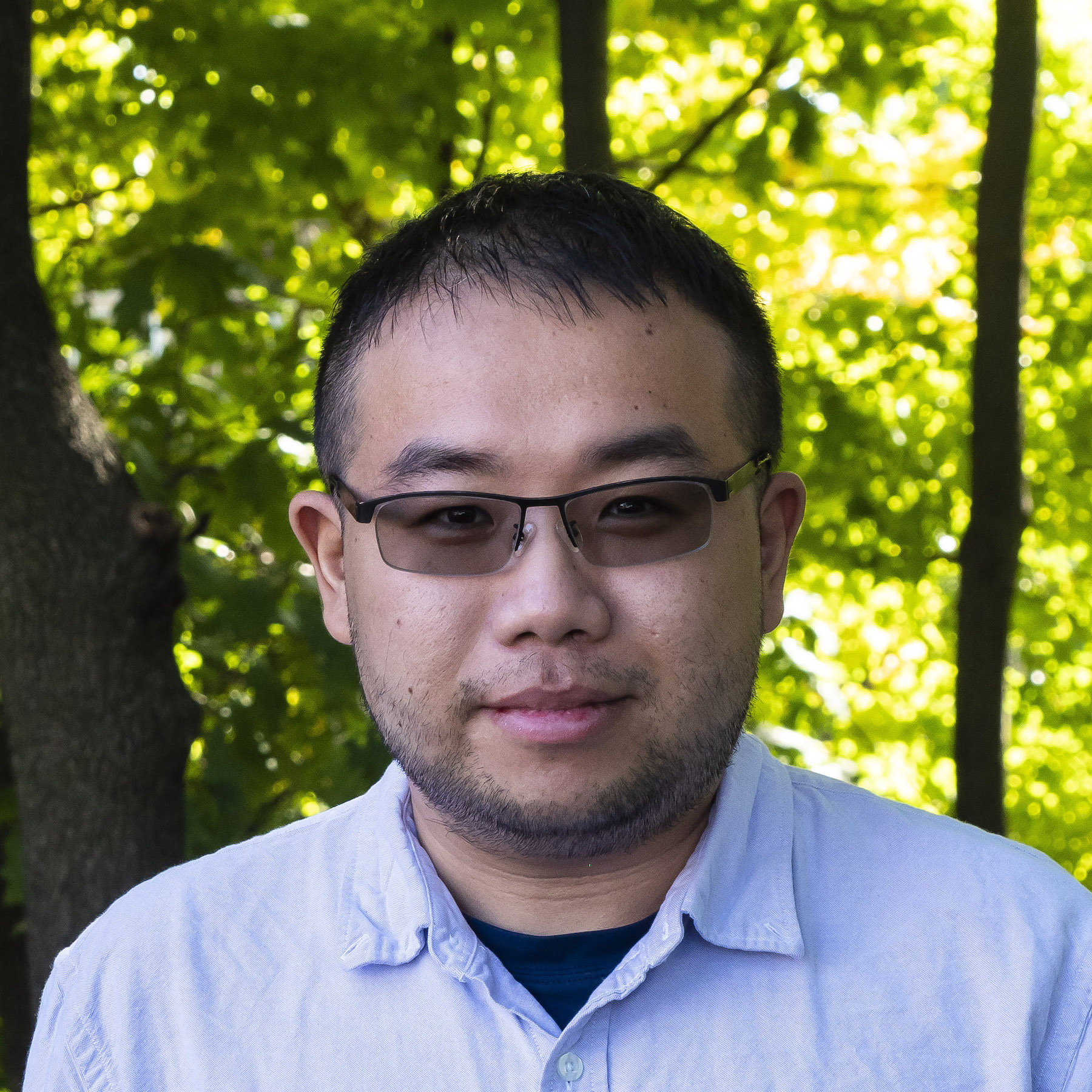
Kung-Yi works on galaxy simulations, studying AGN feedback and black hole accretion, as well as their interplay with cosmic rays.
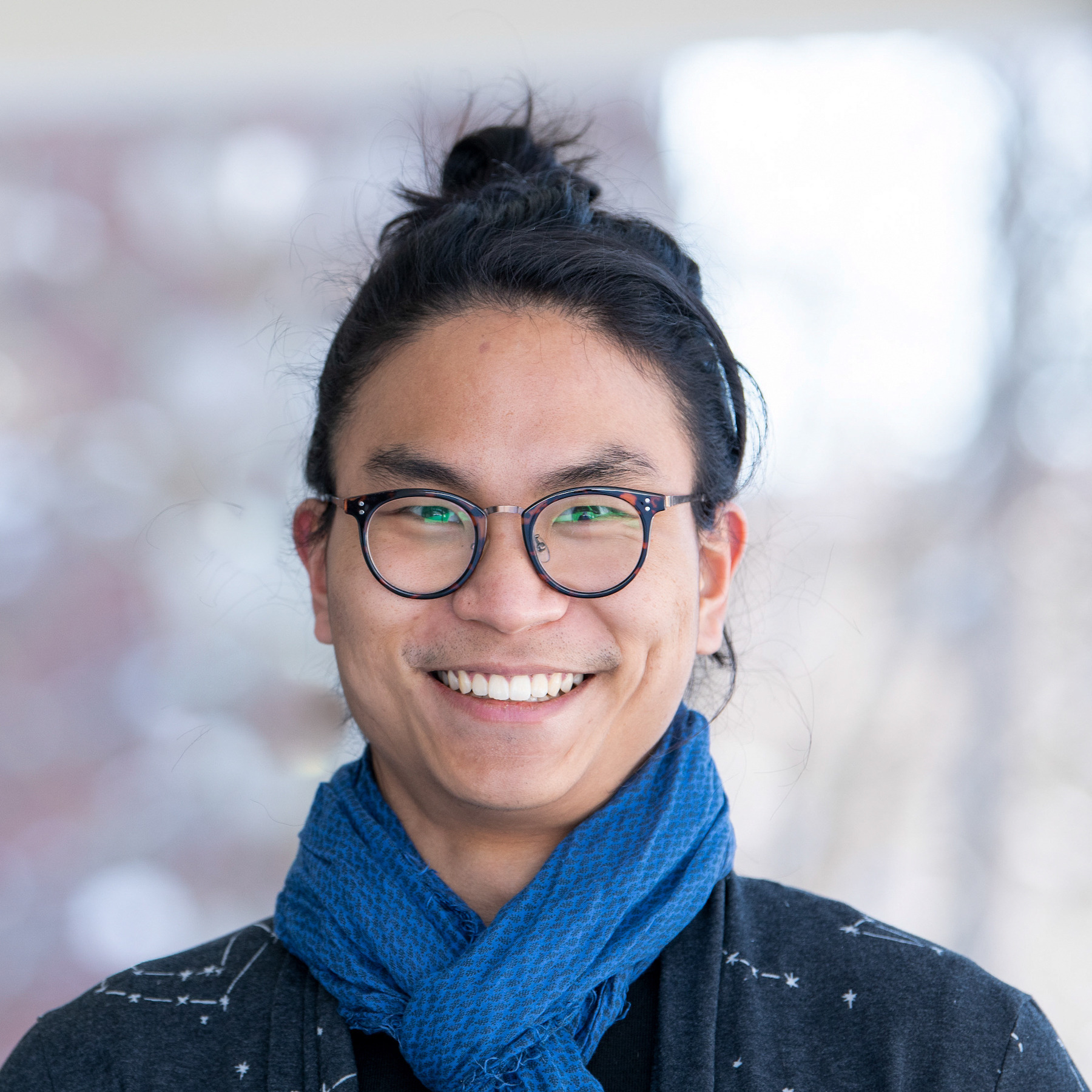
Jesse explores ways to use the Milky Way galaxy as a laboratory for dark matter.
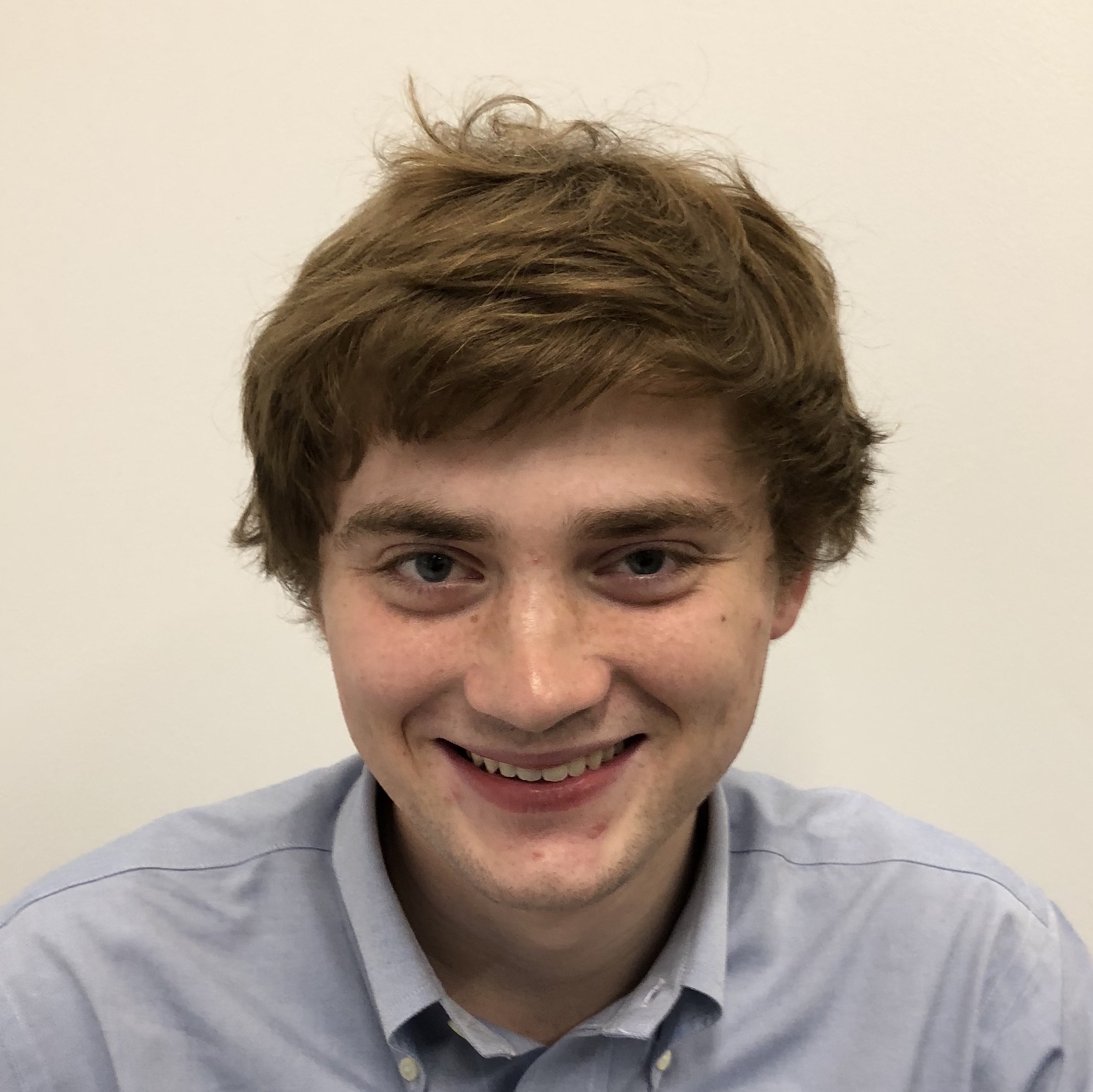
Gus works on controlled simulations of galaxies, with a particular focus on understanding the formation and evolution of the Milky Way.
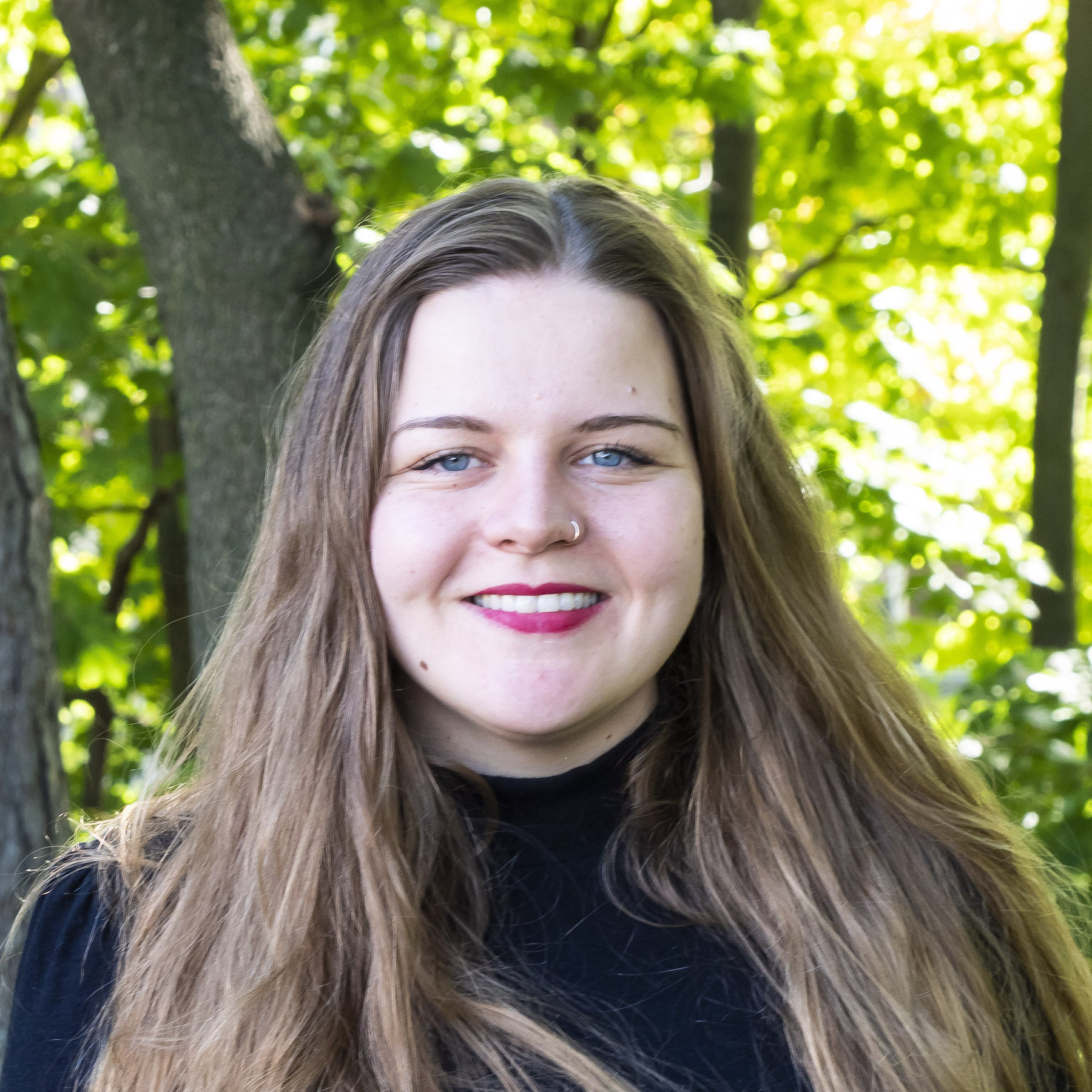
Magdalena develops numerical simulations of circumbinary disks (CBDs), and studies the effect of CBD driven binary evolution on EM transients and GW source populations.
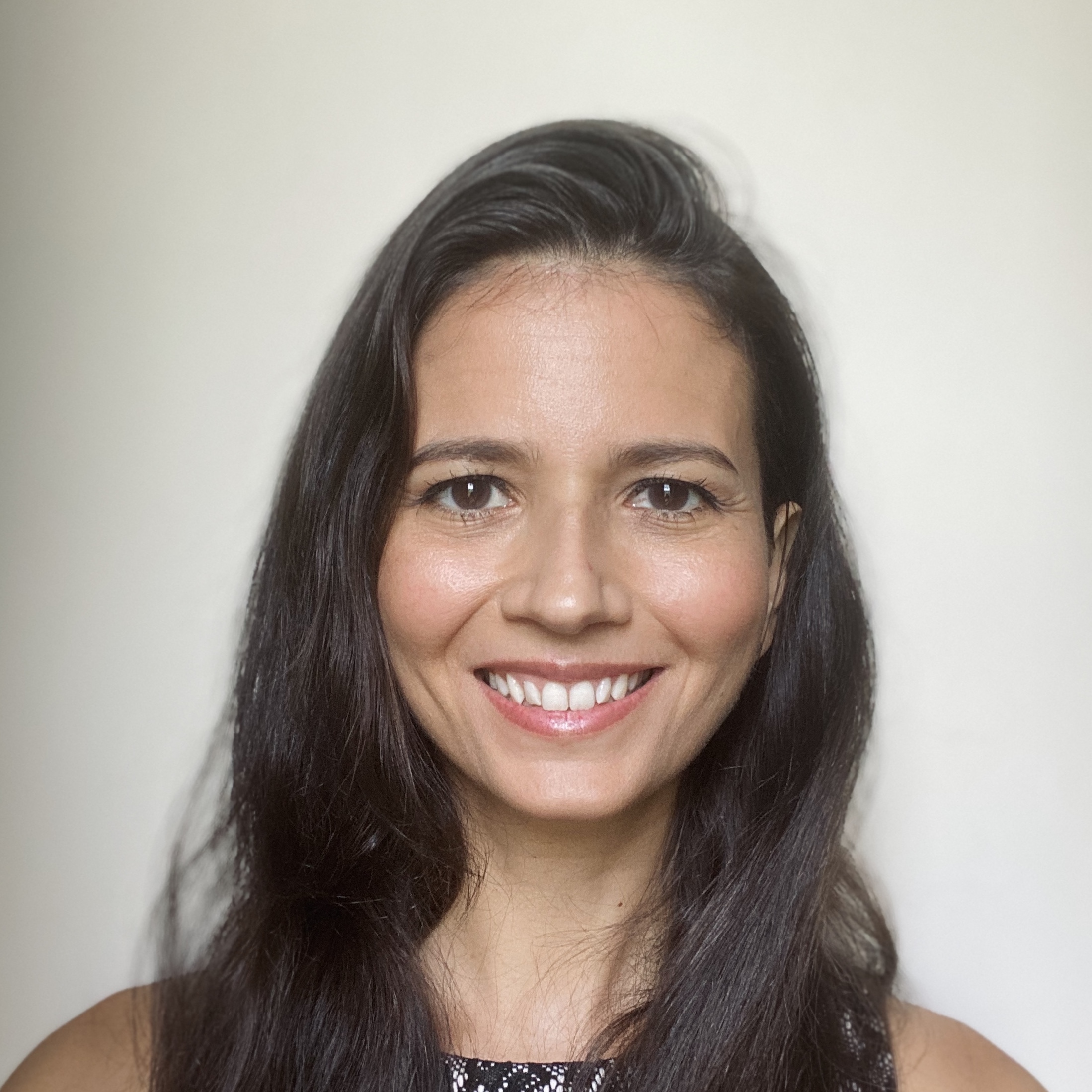
Ana Maria's explores topics in cosmology using large hydrodynamical simulations and machine learning. She is currently using MTNG for improving mass estimates of large galaxy clusters from multiwavelength sources.
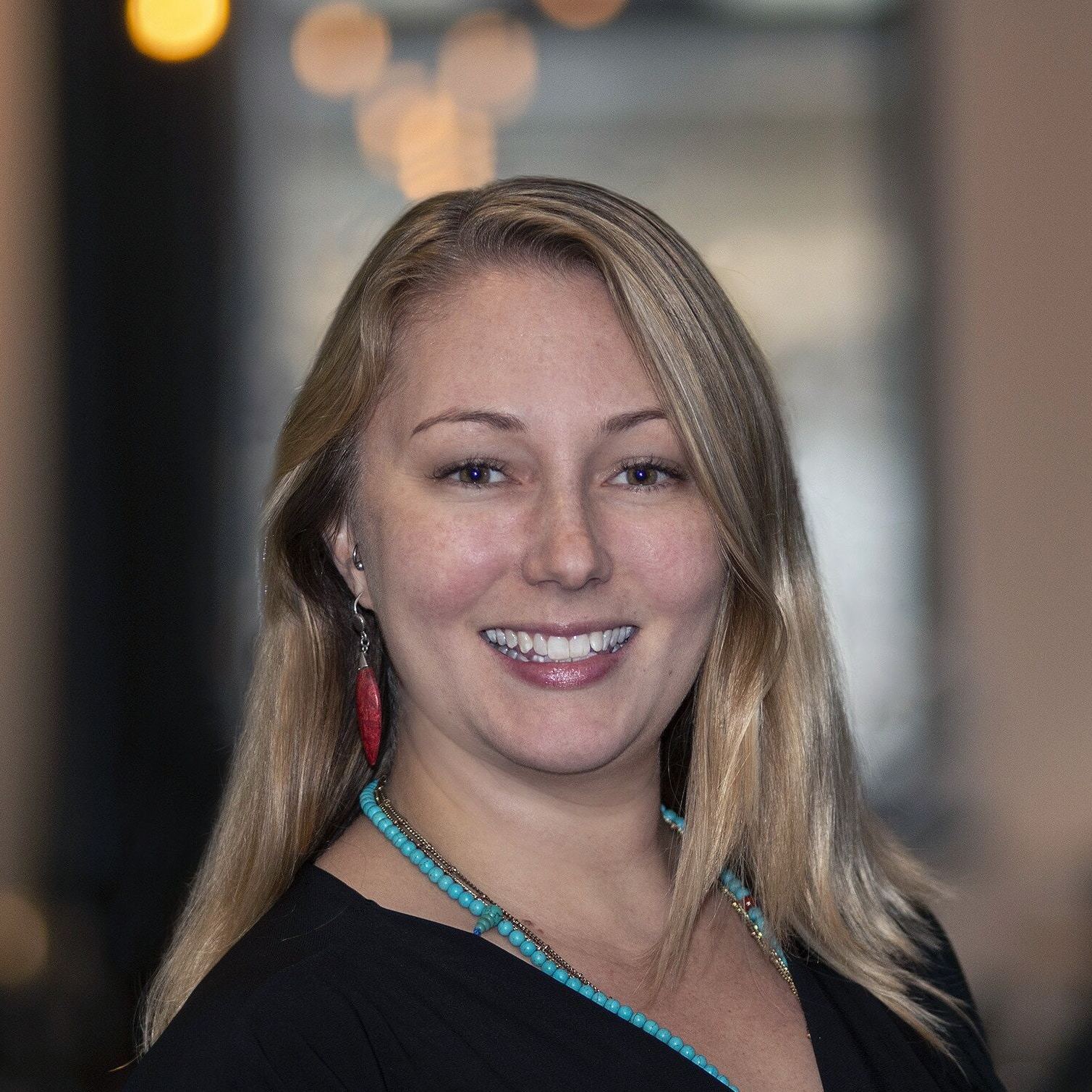
Blakesley is an Assistant Professor at Rutgers. Her research is focused on understanding the nature of magnetic turbulence at all scales in the universe. This includes the diffuse and star forming interstellar medium (ISM) and the turbulent nature of nearby galaxies.
Rahul is an Assistant Professor at York University in Toronto, Canada
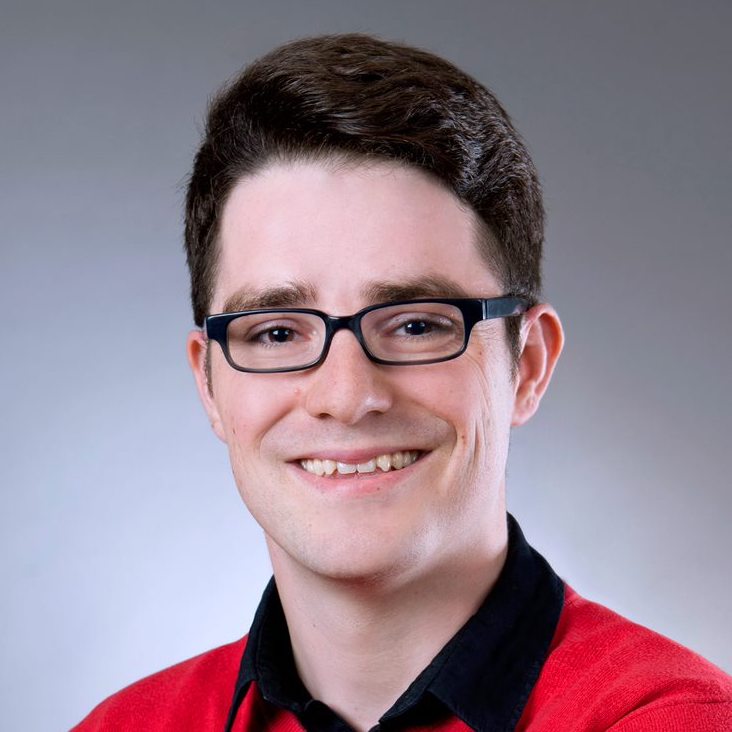
Rainer is a group leader at the Leibniz Institute for Astrophysics Potsdam (AIP). His research is focused on cosmological structure formation and astrophysical fluid dynamics, with interests in multi-phase gases in and around galaxies, accretion flows, and feedback effects from active galactic nuclei on their host galaxies.
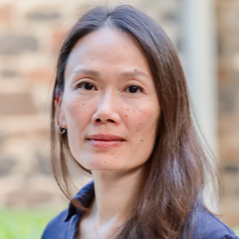
Vy is an Associate Director for Internal Relations at the CfA and her astronomy research program advances our knowledge of how galaxies assemble over cosmic time by capitalizing on the high resolution, extreme sensitivity, and broad wavelength coverage of ground and space-based telescopes.

Erica is an Assistant Professor of Astrophysics at the University of Colorado, Boulder and was a PostDoc at Lars's group.
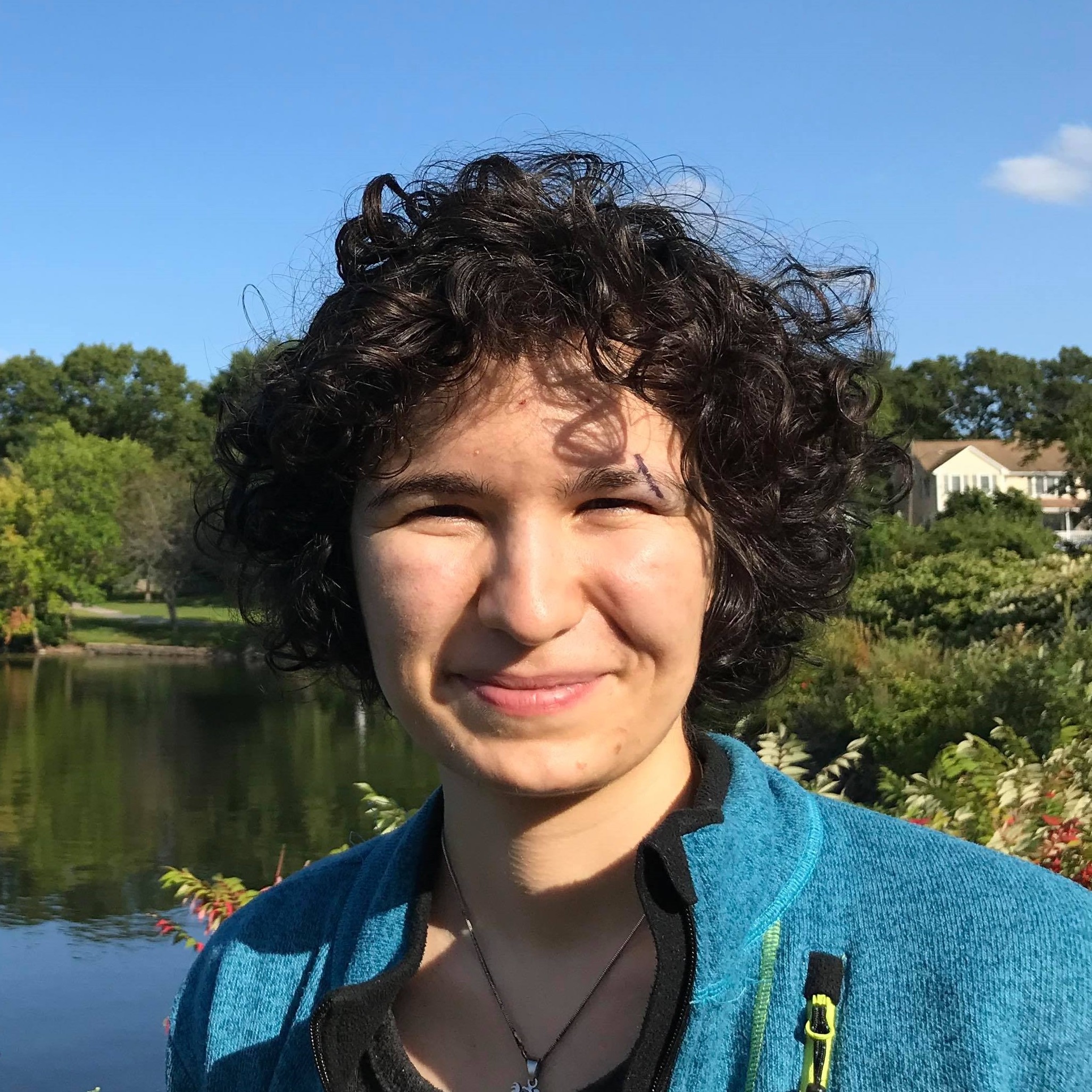
Boryana works on various concepts in theoretical cosmology that involve simulation-based modeling such as the galaxy-halo connection link, the distribution of baryons around clusters and the joint study of late- and early-Universe probes.